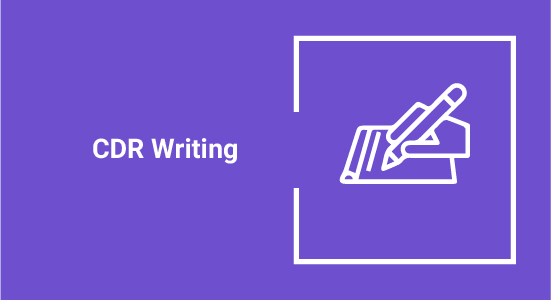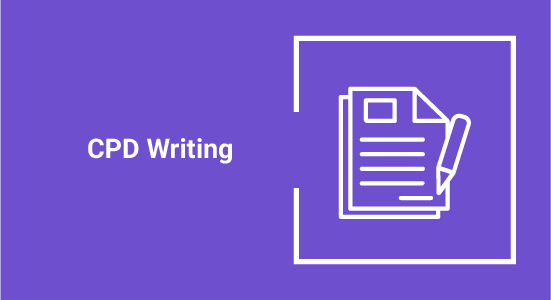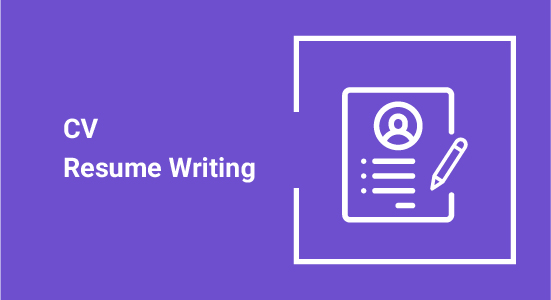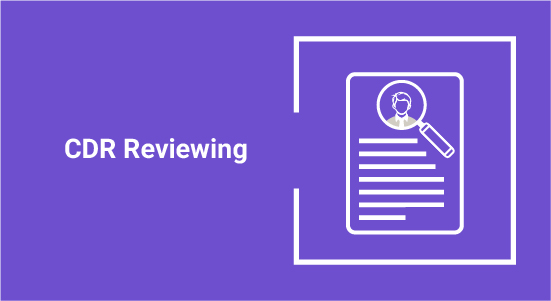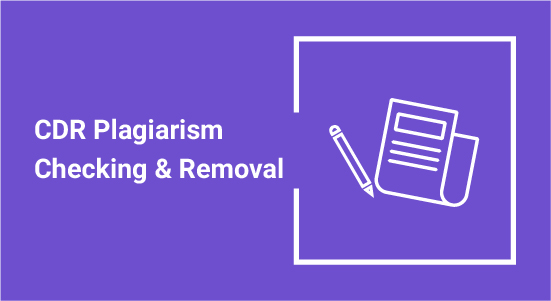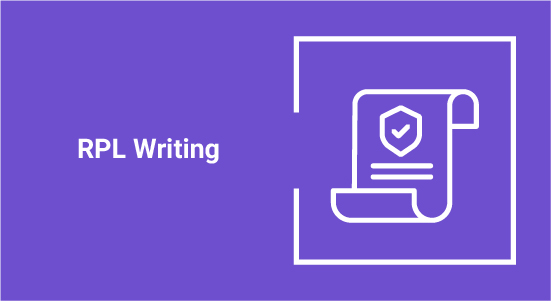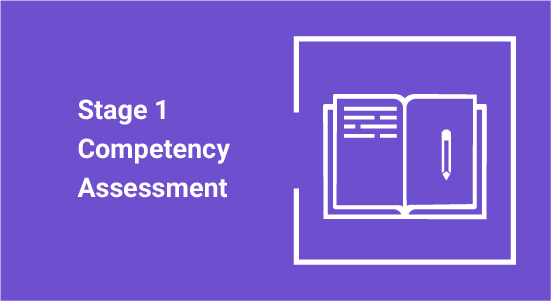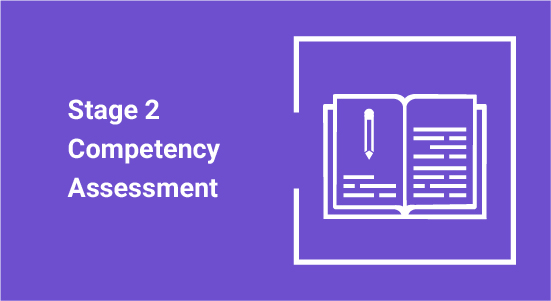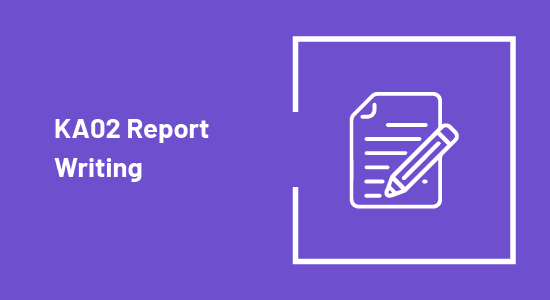Home >> Stage 2 Competency Assesment
Stage 2 Competency Assessment
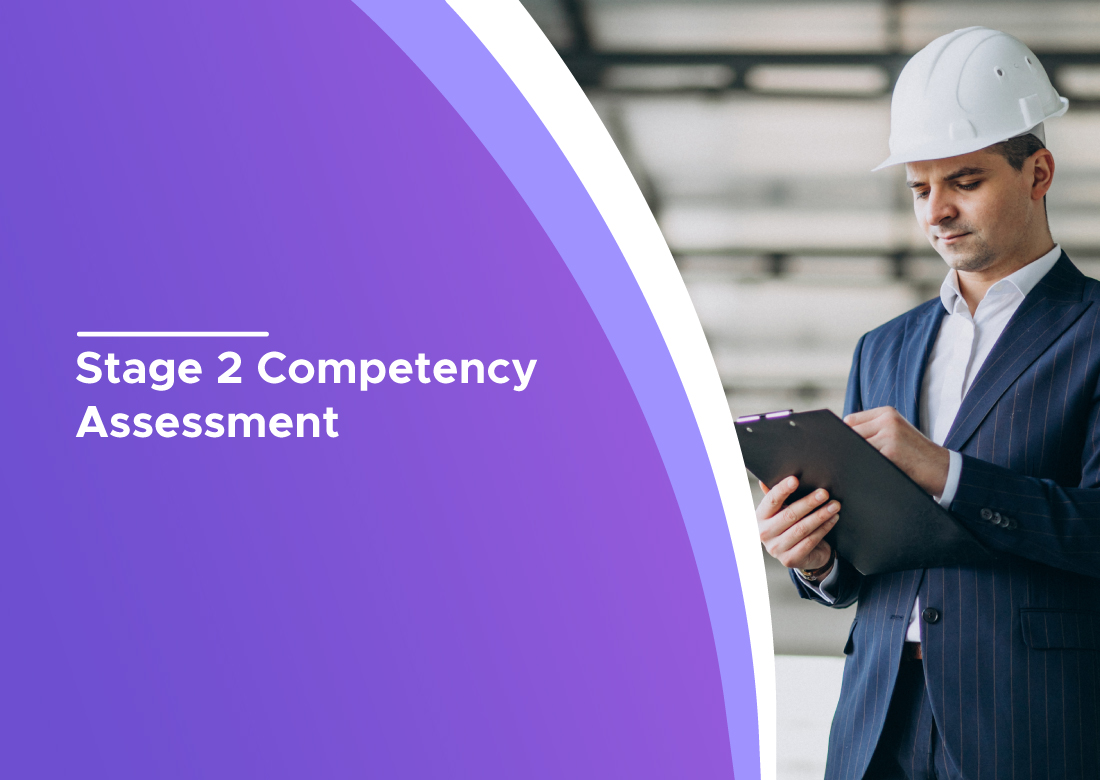
Stage 2 Competency Assessment Services
The Stage 2 Competency Assessment Standards serve as the profession’s comprehensive framework, encompassing the knowledge, skill base, engineering application abilities, and professional values that must be demonstrated for engineers to practice independently and unsupervised.
Purpose of the Stage 2 Competency Standards
Engineers Australia developed the Stage 2 Competency Assessment standards as the benchmark for assessing engineers seeking Chartered membership (CPEng) and National Engineering Register (NER) registration. Achieving Chartered membership is an exclusive recognition by Engineers Australia, esteemed by governments, businesses, and the general public worldwide. Holding CPEng status signifies a lifelong commitment to maintaining competence within a chosen engineering practice area.
What is expected of an experienced professional engineer?
Experienced professional engineers are revered for their competence, application of knowledge, and exemplary conduct. They are expected to:
- Understand and meet the requirements of clients, stakeholders, and society.
- Optimize social, environmental, and economic outcomes throughout an engineering project’s life cycle.
- Collaborate effectively with diverse disciplines, professions, and individuals.
- Integrate engineering contributions seamlessly into projects, programs, or processes.
- Interpret and communicate technological possibilities to society, business, and government.
- Ensure policy decisions are well-informed with a focus on options and consequences.
- Comprehend and balance costs, risks, and limitations to achieve desirable outcomes.
- Utilize diverse knowledge sources to solve complex problems and address critical issues.
- Integrate technical and non-technical considerations in their decision-making process.
- Manage risks and prioritize sustainability for responsible engineering solutions.
- Base all aspects of a project on sound theory and fundamental principles.
- Bridge new developments with established practices and interact effectively with other disciplines.
While the outcomes of engineering generally have physical forms, the work of experienced professional engineers recognizes the interaction between people and technology. Professional engineers may conduct research concerned with advancing the science of engineering and with developing new principles and technologies within a broad engineering discipline. Alternatively, they may contribute to the education of engineers, continual improvement in the practice of engineering and to devising and updating the codes and standards that govern it.
Assessment Pathway
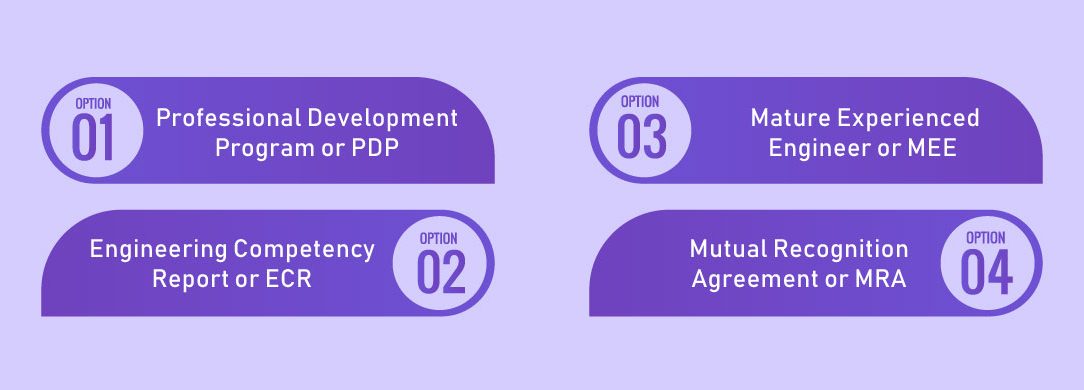
There are four assessment pathways available for the engineers who want to apply for Stage 2 competency (CPeng).
- Professional Development Program or PDP,
- Engineering Competency Report or ECR,
- Mature Experienced Engineer or MEE and
- Mutual Recognition Agreement or MRA
Documents Required for Stage 2 Competency Assessment
After the selection of the E-Chartered pathway, the engineers seeking the Chartered Status recognition will be required to submit a number of documents. The submission items are meant to provide documented evidence to Engineers Australia for the assessment of the level of engineering competency of the applicant. Below are the four main submission documents required by the Institution of Engineers Australia for registration as a chartered professional engineer.
- Engineering competency claims (ECCs)
- Engineering Experience Record (EER)
- Continuing Professional Development (CPD) Record
- Updated Resume
- Personal commitment
- Obligation to community
- Value in the workplace
- Technical proficiency
Engineering Experience Record (EER) is a short description of employment and job roles in about 700 words. The process of preparing the above submission items is time-consuming and relatively complex. However, with background knowledge of the requirements, it can be easy to prepare all submissions.
Other Services
